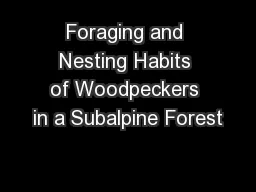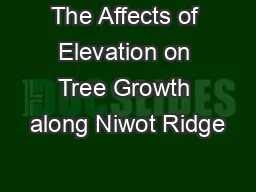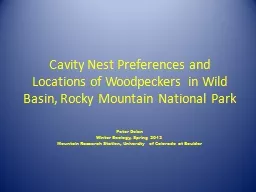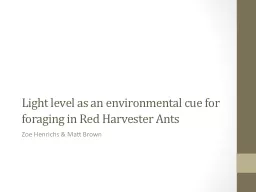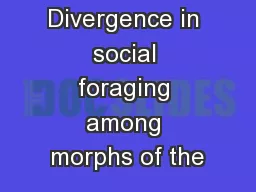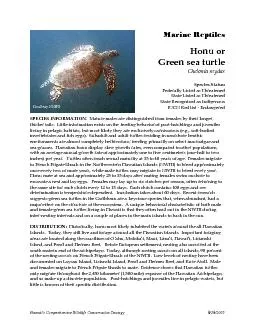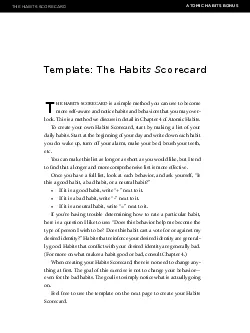PPT-Foraging and Nesting Habits of Woodpeckers in a Subalpine Forest
Author : lois-ondreau | Published Date : 2018-10-26
Alex Goldsmith Winter Ecology Spring 2016 CU Mountain Research Station Background Woodpeckers are keystone species Create homes I nsect control R elationship
Presentation Embed Code
Download Presentation
Download Presentation The PPT/PDF document "Foraging and Nesting Habits of Woodpecke..." is the property of its rightful owner. Permission is granted to download and print the materials on this website for personal, non-commercial use only, and to display it on your personal computer provided you do not modify the materials and that you retain all copyright notices contained in the materials. By downloading content from our website, you accept the terms of this agreement.
Foraging and Nesting Habits of Woodpeckers in a Subalpine Forest: Transcript
Download Rules Of Document
"Foraging and Nesting Habits of Woodpeckers in a Subalpine Forest"The content belongs to its owner. You may download and print it for personal use, without modification, and keep all copyright notices. By downloading, you agree to these terms.
Related Documents

